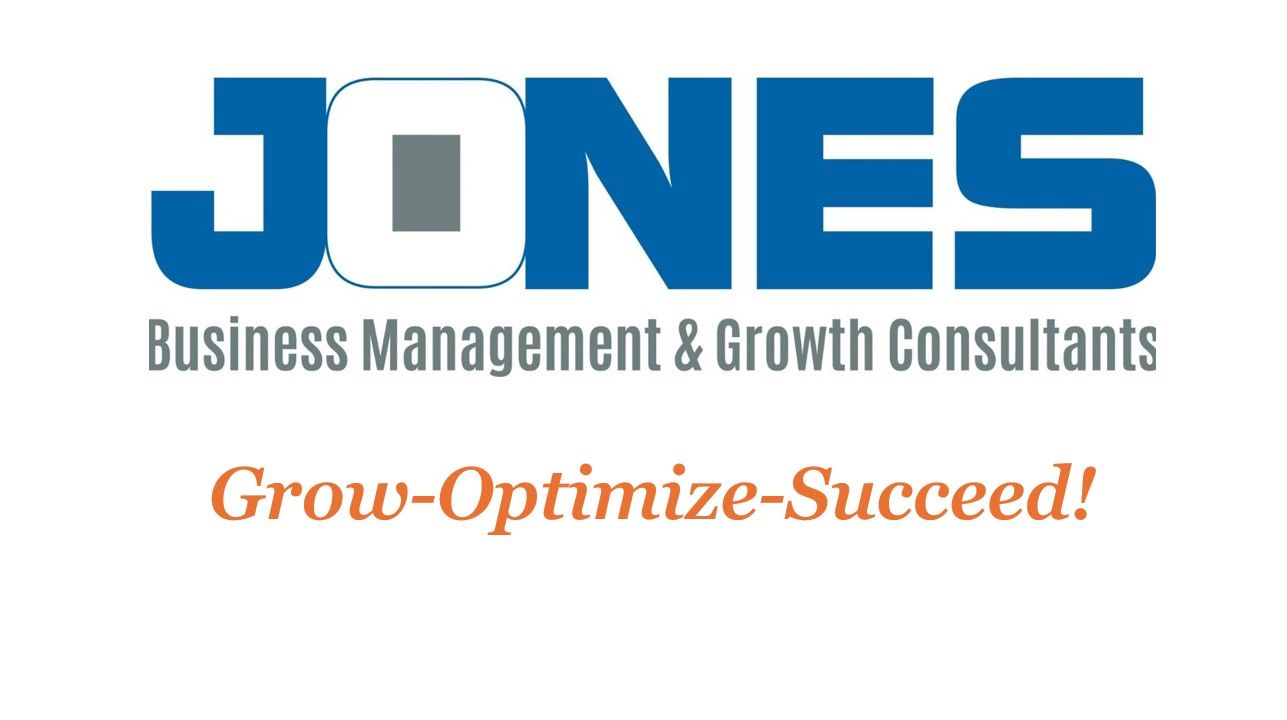The Importance of Technology Integration In Your Service Business
This is a subtitle for your new post

The Importance of Technology Integration in Service Businesses
In today's fast-paced world, technology plays a crucial role in the success and growth of service businesses. Whether you run an HVAC company, a plumbing service, or an electrical contractor, integrating modern technology into your operations can significantly improve efficiency, customer satisfaction, and profitability.
Why Technology Integration Matters
Technology integration involves adopting and implementing various digital tools and systems to streamline business operations. Here are some key reasons why it is essential for service businesses:
- Enhanced Operational Efficiency:
- Automating Routine Tasks: Technology can automate many routine tasks, such as scheduling, dispatching, and invoicing. This reduces the manual workload, allowing your team to focus on more critical tasks.
- Real-Time Updates: Modern software provides real-time updates on job status, inventory levels, and customer information, enabling better decision-making and faster response times.
- Improved Customer Experience:
- Faster Response Times: With technology, you can quickly assign and dispatch technicians, ensuring faster response times for customer requests.
- Personalized Service: Customer Relationship Management (CRM) systems help track customer preferences and history, allowing you to offer personalized service and build stronger relationships.
- Cost Savings:
- Reduced Errors: Automation minimizes human errors in scheduling, billing, and data entry, leading to cost savings.
- Optimized Resource Use: Technology helps in optimizing the use of resources, such as vehicles and inventory, reducing waste and lowering operational costs.
- Scalability:
- Supporting Growth: As your business grows, technology can scale with you. Advanced software solutions can handle increased workloads and complex operations, supporting business expansion.
Common Challenges Without Technology Integration
Without technology integration, service businesses often face several challenges:
- Inefficient Processes: Manual processes are time-consuming and prone to errors, leading to inefficiencies.
- Poor Communication: Lack of real-time communication tools can result in miscommunication and delays.
- Inconsistent Service Quality: Without proper systems, maintaining consistent service quality becomes challenging.
- Difficulty in Tracking Performance: Manually tracking performance metrics is cumbersome and often inaccurate.
Basic Technology Solutions for Service Businesses
- Customer Relationship Management (CRM) Systems:
- CRM systems help manage customer interactions, track service history, and streamline communication. They provide valuable insights into customer behavior and preferences, allowing for more personalized service.
- Field Service Management Software:
- Field service management software automates scheduling, dispatching, and invoicing. It provides real-time updates and helps manage the entire service lifecycle efficiently.
- Inventory Management Systems:
- Inventory management systems track inventory levels, manage orders, and optimize stock. They help prevent stockouts and overstock situations, ensuring that you have the right parts and supplies when needed.
- Mobile Applications:
- Mobile apps enable technicians to access job details, update statuses, and communicate with the office while on the go. This enhances productivity and ensures timely service delivery.
Call to Action
Integrating technology into your service business operations is no longer optional; it's a necessity for staying competitive. By adopting modern software solutions, you can streamline your processes, improve customer satisfaction, and drive growth.
Ready to take the next step? Join our Skool community for exclusive content, webinars, and support from fellow service business owners. In the next two blog posts, available exclusively to our members, we'll dive deeper into advanced technology solutions and provide actionable steps for successful implementation.
Get your free copy of our comprehensive report, "Top 20 Common Challenges in Service Industries and How to Overcome Them," for detailed insights and practical solutions to enhance your business operations.
🔗 http://bit.ly/3x1Toe1
Stay Connected
For more tips and insights, follow us on YouTube and subscribe to our blog. Join our Skool community for exclusive content, webinars, and support from fellow service business owners.
🔗 http://bit.ly/3x1Toe1
#ServiceIndustry #TechnologyIntegration #OperationalEfficiency #CustomerExperience #CostSavings #BusinessGrowth #SmallBusiness #FreeReport #ServiceProviders #JoinUs










